
Electricity production methods
In Finland, most energy is produced using nuclear power, hydropower, and wind power. Solar power remains a small but rapidly growing part of the overall energy production. In the following articles, you can explore the role of these production methods in Finland, along with their advantages and disadvantages.
Nuclear power
- Fossil-free and reliable energy production.
- It is needed alongside renewable energy sources to ensure access to emission-free electricity for all Finns in the future.
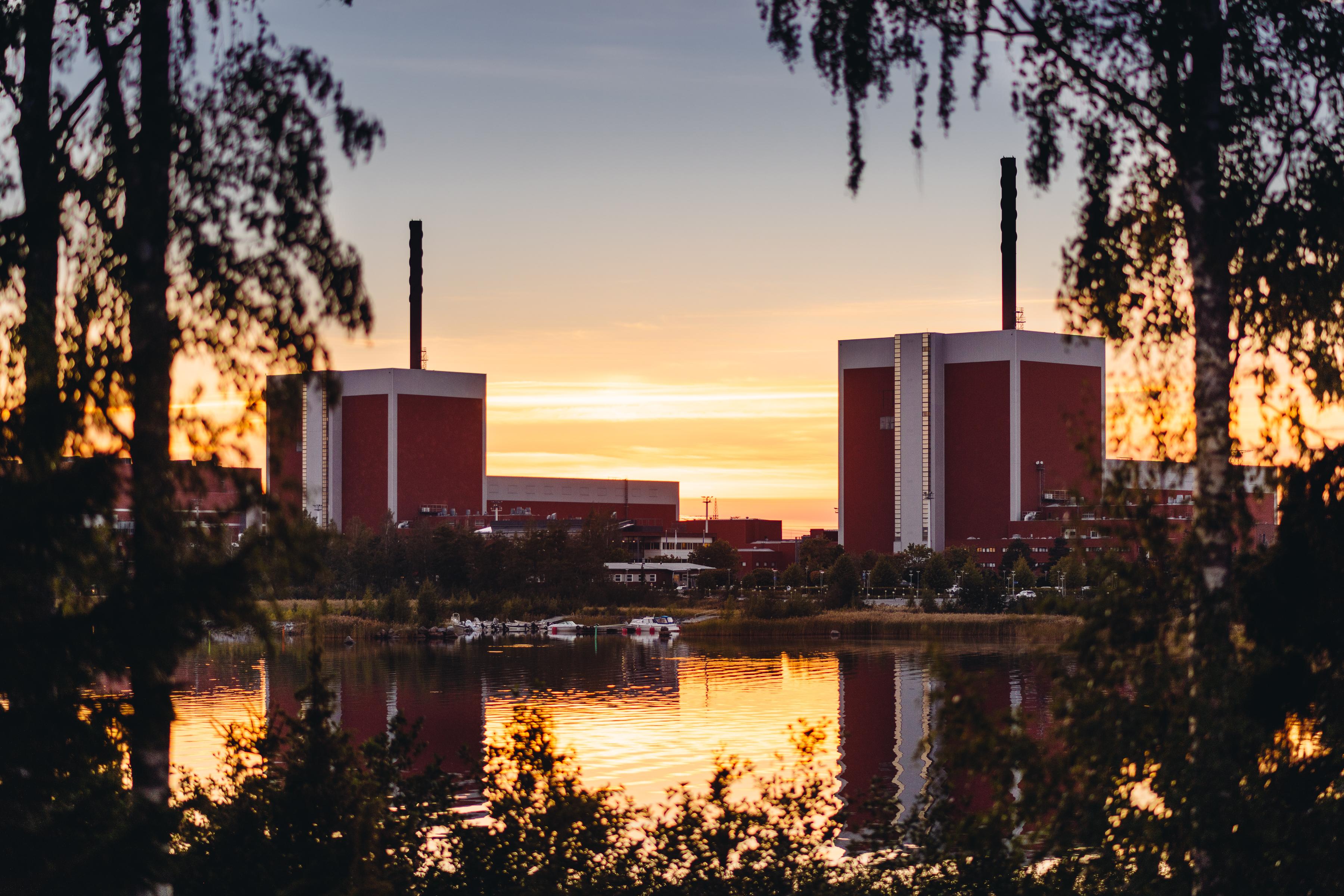
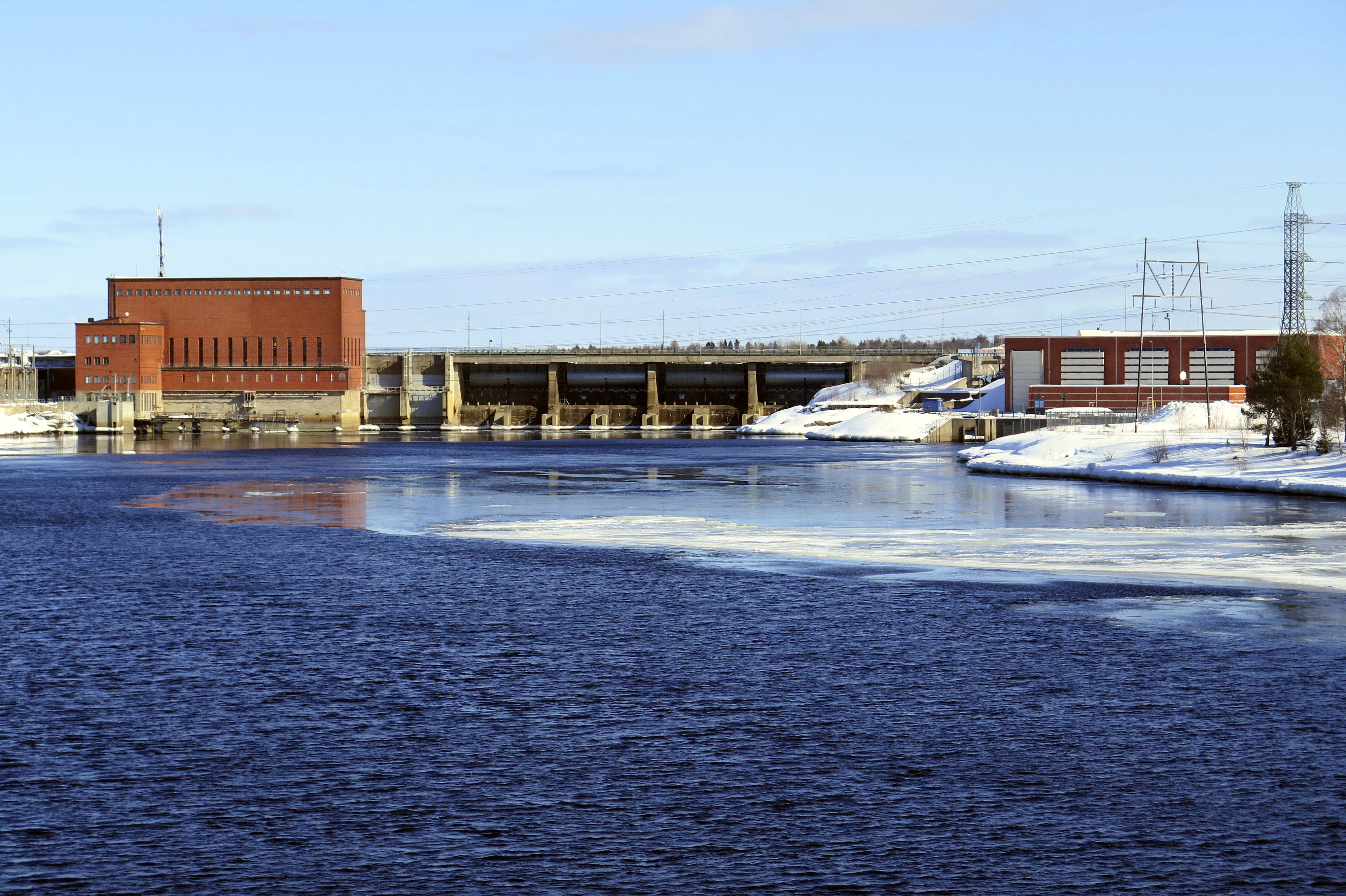
Hydropower
- One of Finland’s most significant renewable energy sources alongside wind power.
- A renewable energy production method with no emissions released into the atmosphere.
Wind power
- Renewable and clean energy production.
- Alongside hydropower, it is the most important form of renewable energy production in Finland.
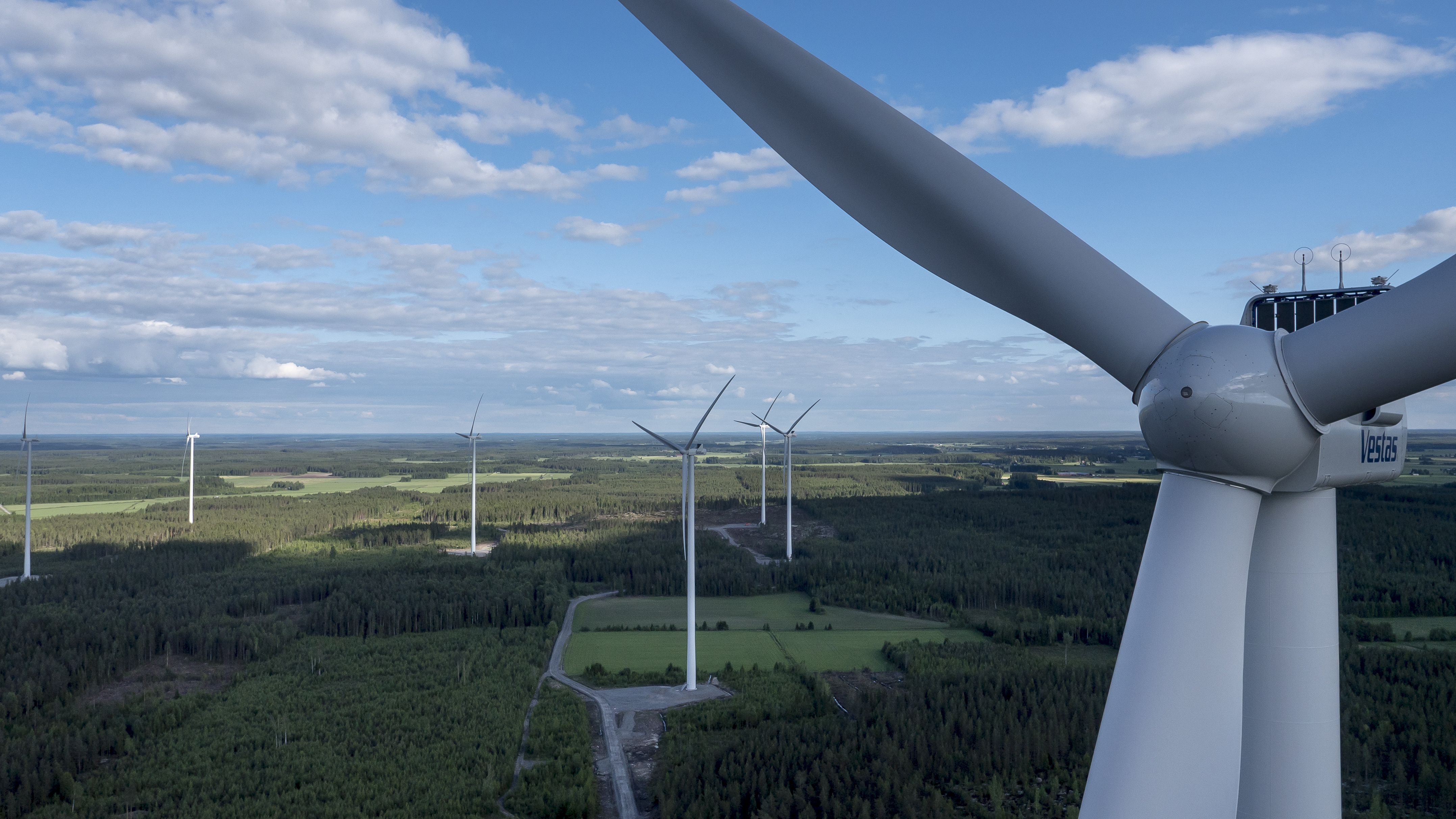
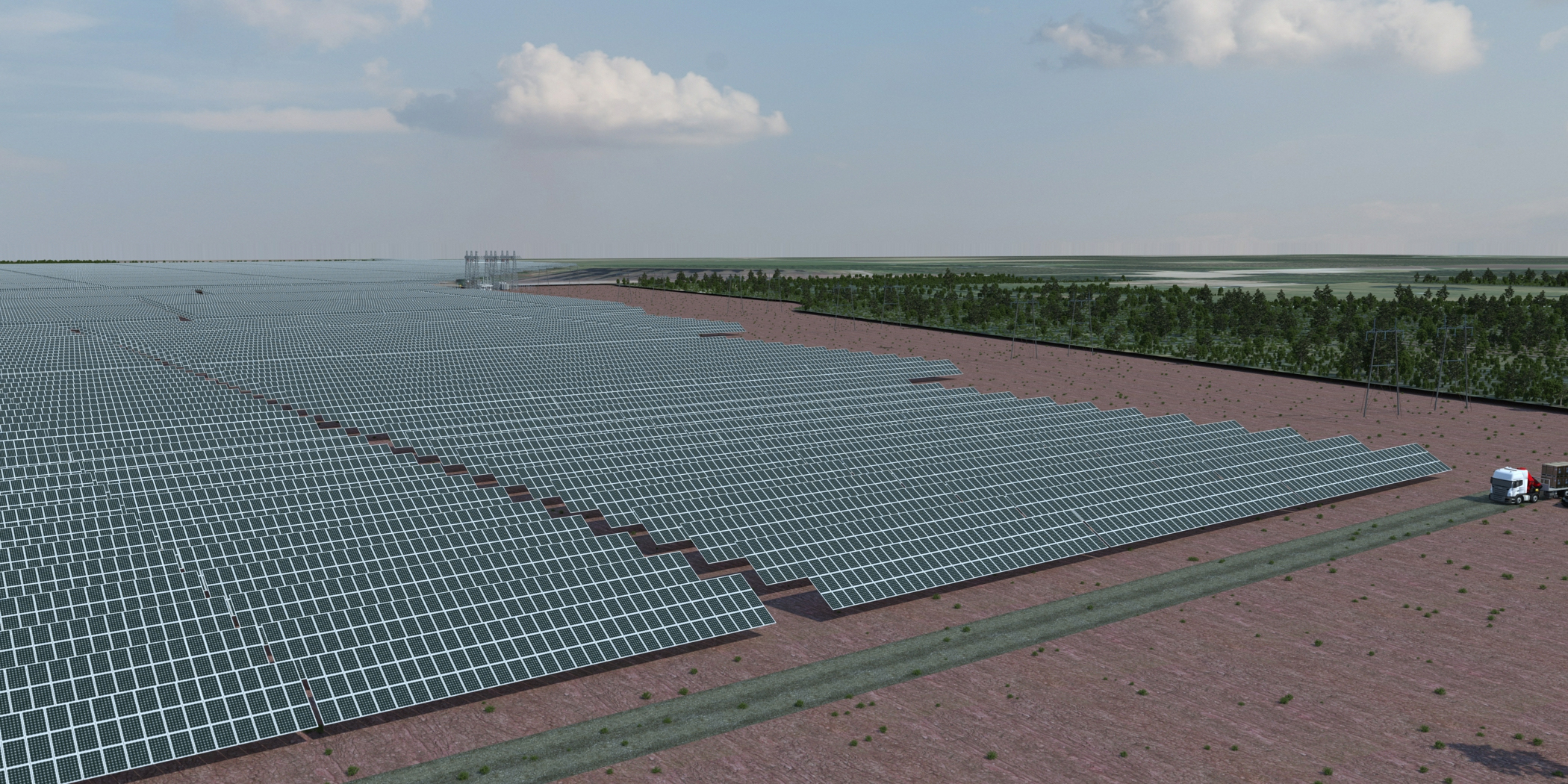
Solar power
- The fastest-growing form of renewable energy production.
- An important part of the future energy mix and a functional energy system.
Coal power
- Coal power is a form of electricity generation where coal is burned to produce energy.
- In Finland, the importance of coal power is declining, but it is still used, particularly for peak load production.
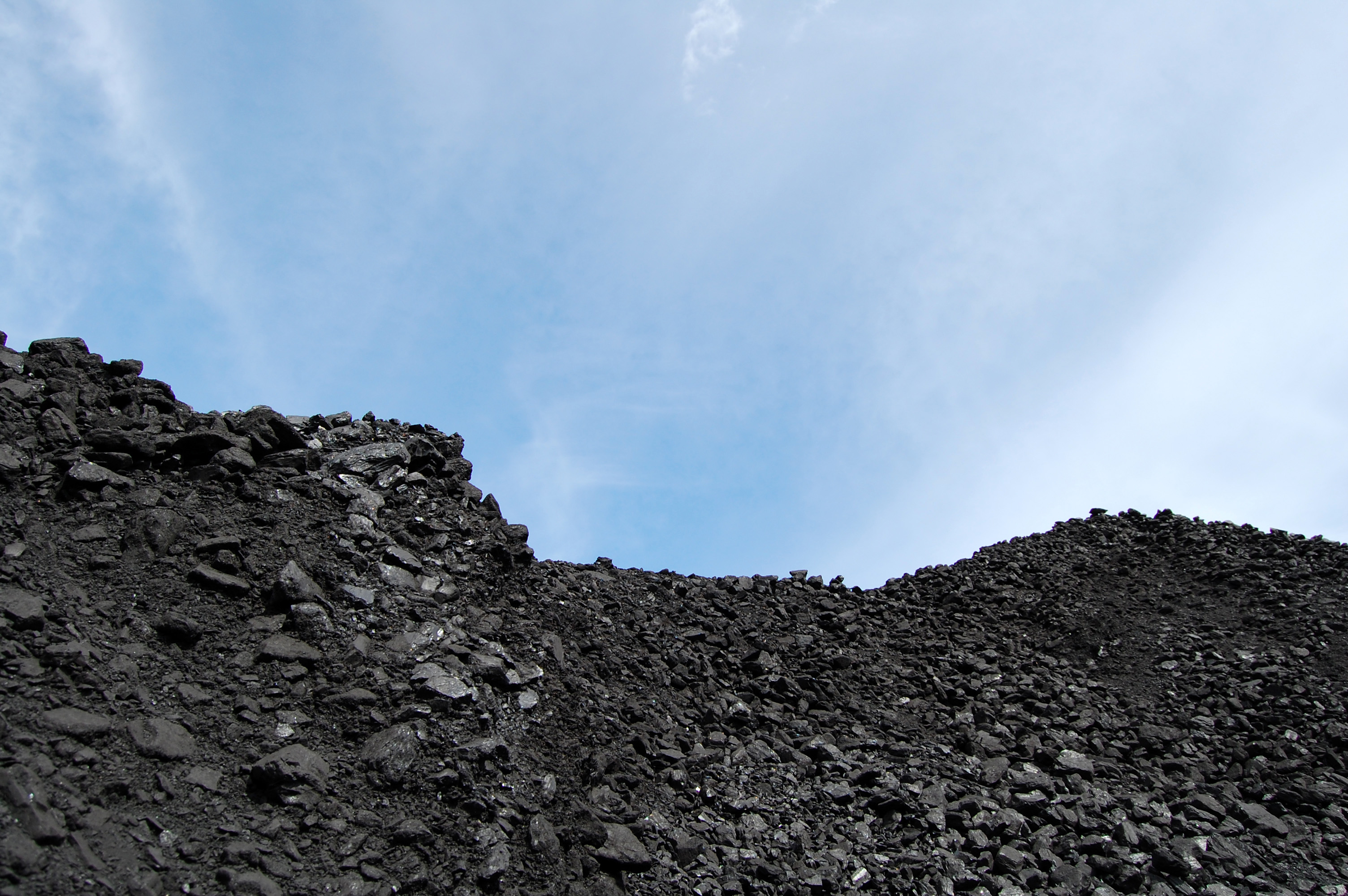
Emission-free, renewable, carbon-neutral – what do these mean in energy production?
There are many terms that refer to environmentally friendly ways of producing energy, each with distinct meanings and key characteristics.
Emission-free
- Emission-free energy refers to production methods that do not emit greenhouse gases into the atmosphere.
- Example: Nuclear power is an emission-free energy source since it does not produce carbon dioxide emissions during production.
- While energy generation itself can be emission-free, other challenges, such as the management of nuclear waste, may arise.
All of Vaasan Sähkö’s electricity products are emission-free.
Renewable
- Renewable energy comes from natural resources that regenerate continuously, such as sunlight, wind, water, and biomass.
- Example: Solar and wind power are renewable energy sources because they rely on naturally replenishing resources.
- Although renewable energy production is environmentally friendly, challenges may include resource extraction for materials and ensuring sustainable practices during construction and production.
Vaasan Sähkö’s Wind Electricity and Spot Electricity Wind are produced with renewable energy.
Carbon-neutral
- Carbon neutrality means that while energy production may generate emissions, an equivalent amount of greenhouse gases is offset or removed from the atmosphere.
- Example: Biomass-based energy production can be carbon-neutral because trees absorb carbon dioxide as they grow, balancing the emissions from energy production.
Zero-carbon footprint
- This refers to energy production that results in no net greenhouse gas emissions. Energy sources with a zero-carbon footprint are not derived from fossil fuels such as coal, oil, or natural gas, which release significant emissions.
- Example: Renewable sources like wind power or emission-free sources like nuclear power.
- A zero-carbon footprint does not always mean absolute zero emissions. It may also involve offsetting remaining emissions through compensatory measures.
All these terms represent different facets of reducing environmental impact in energy production and moving toward a more sustainable energy economy.
Production plant images: EPV Energia, TVO